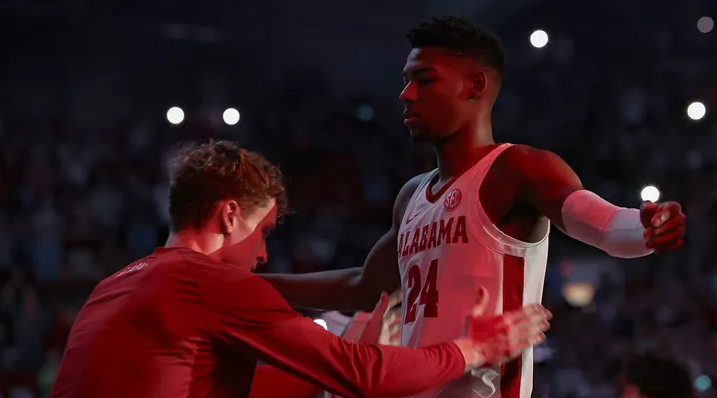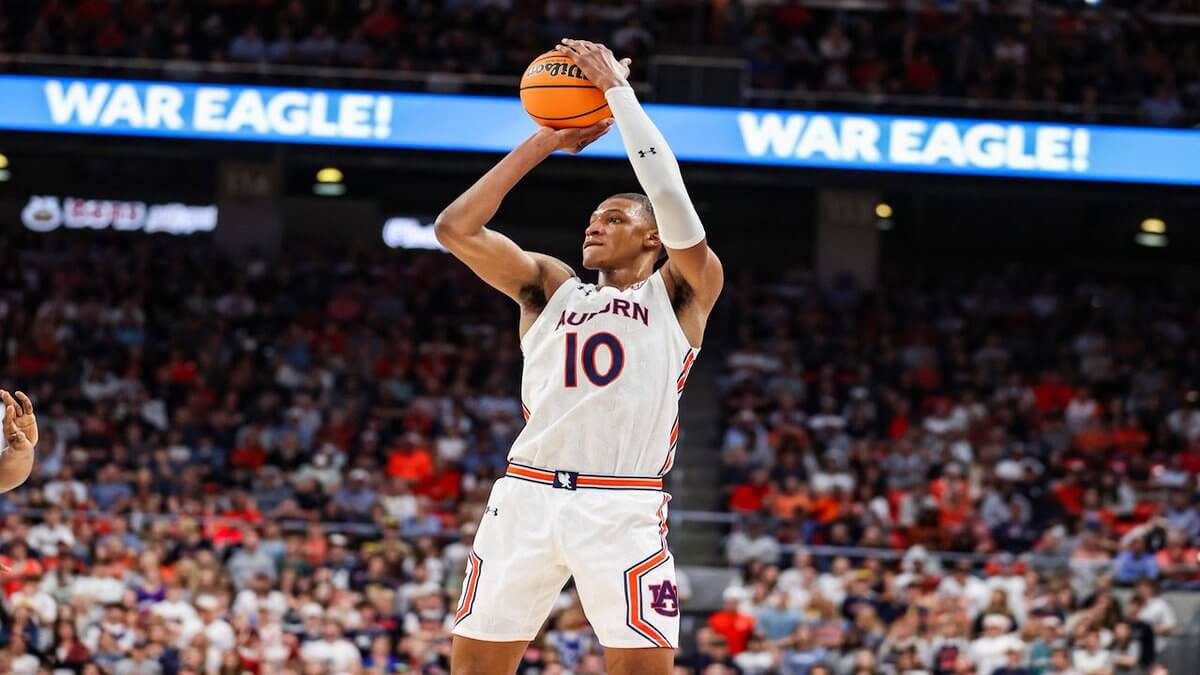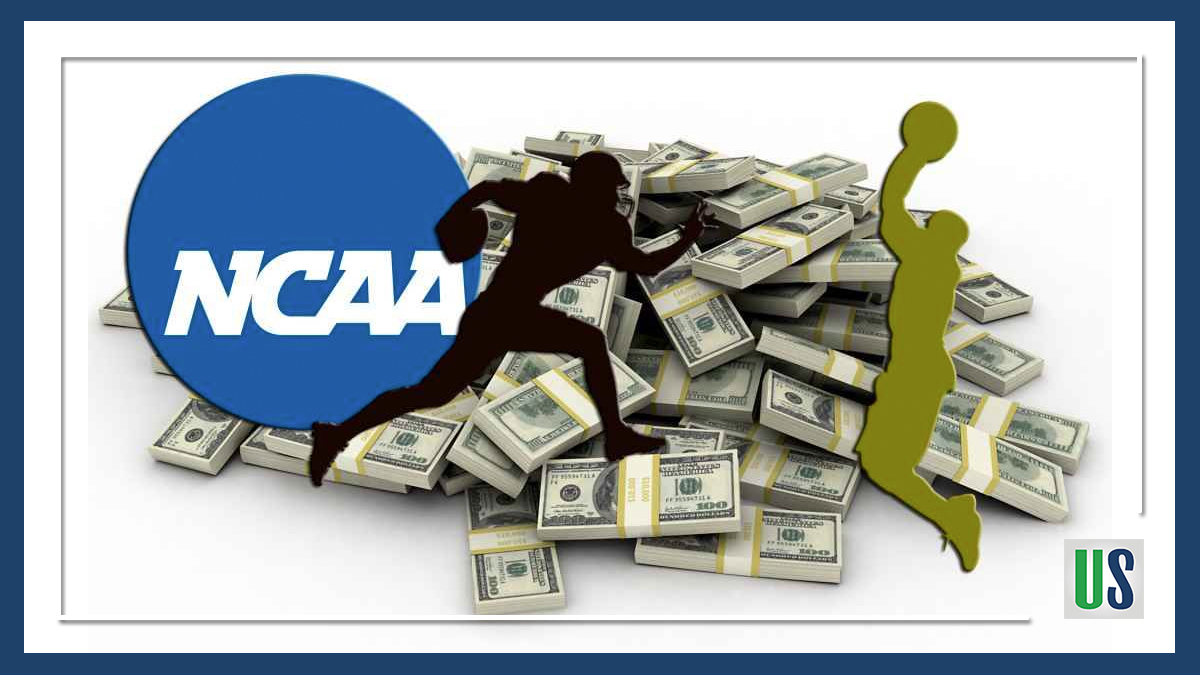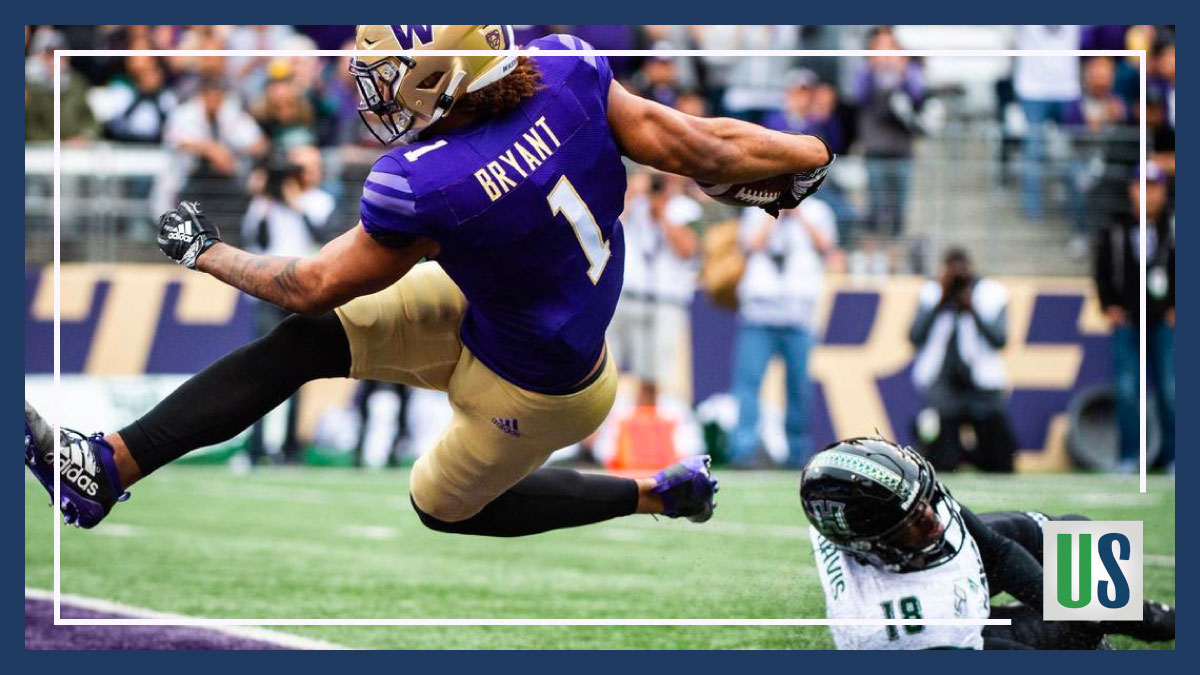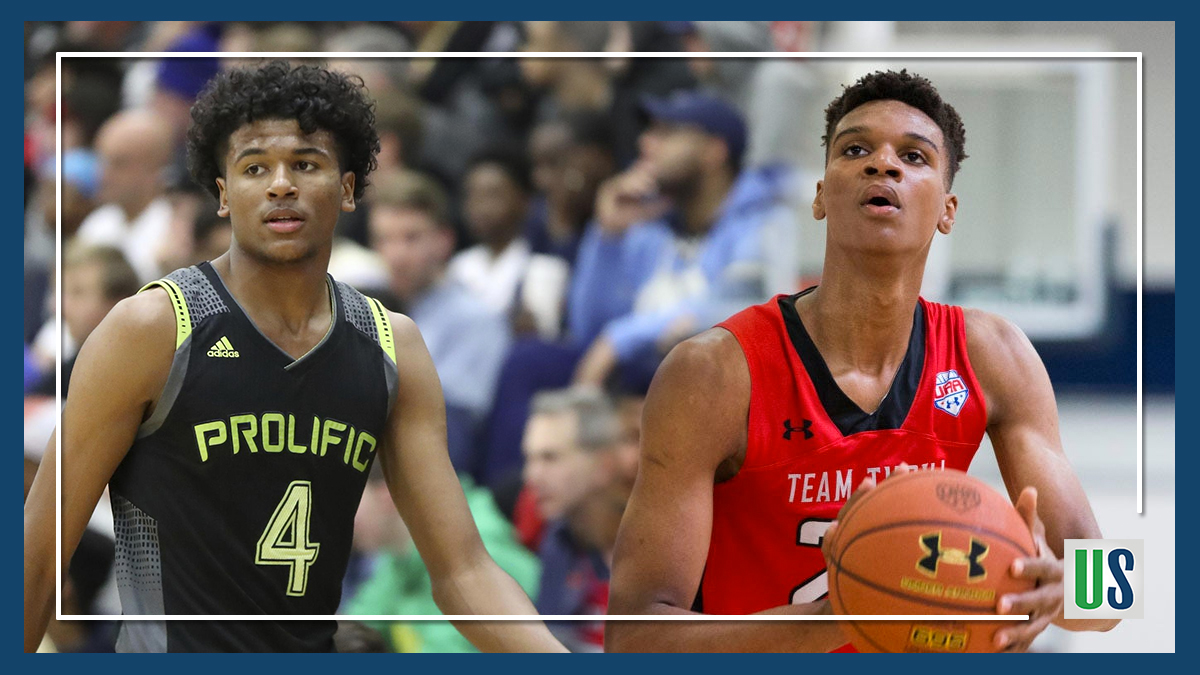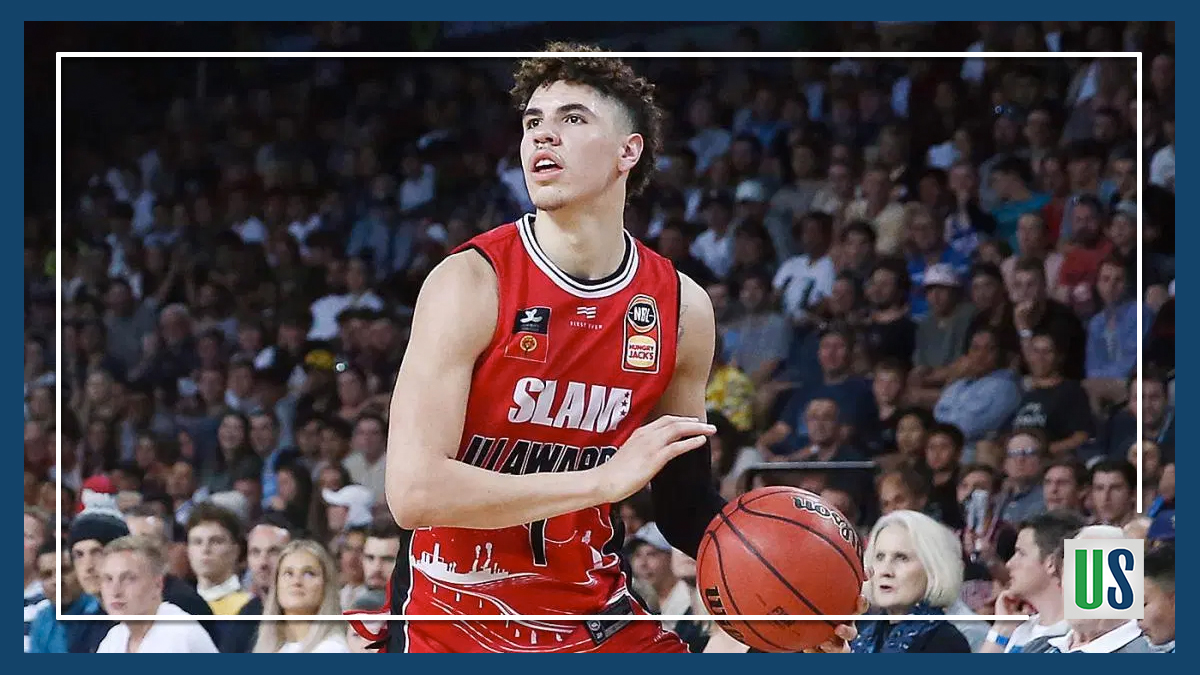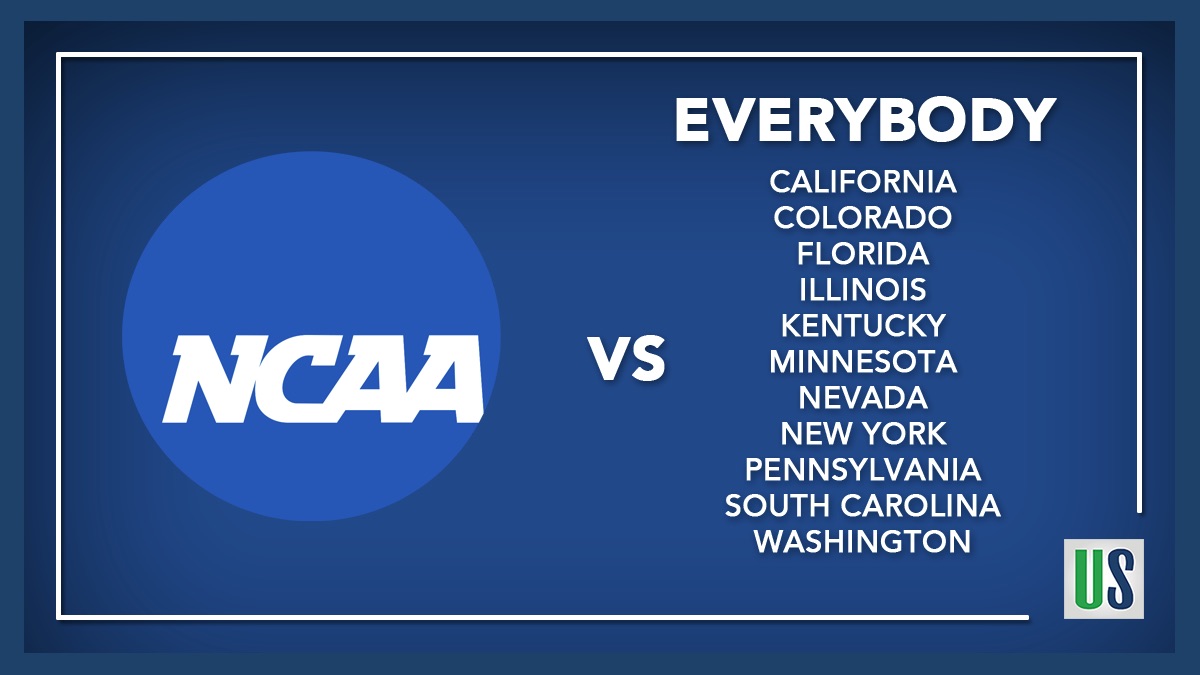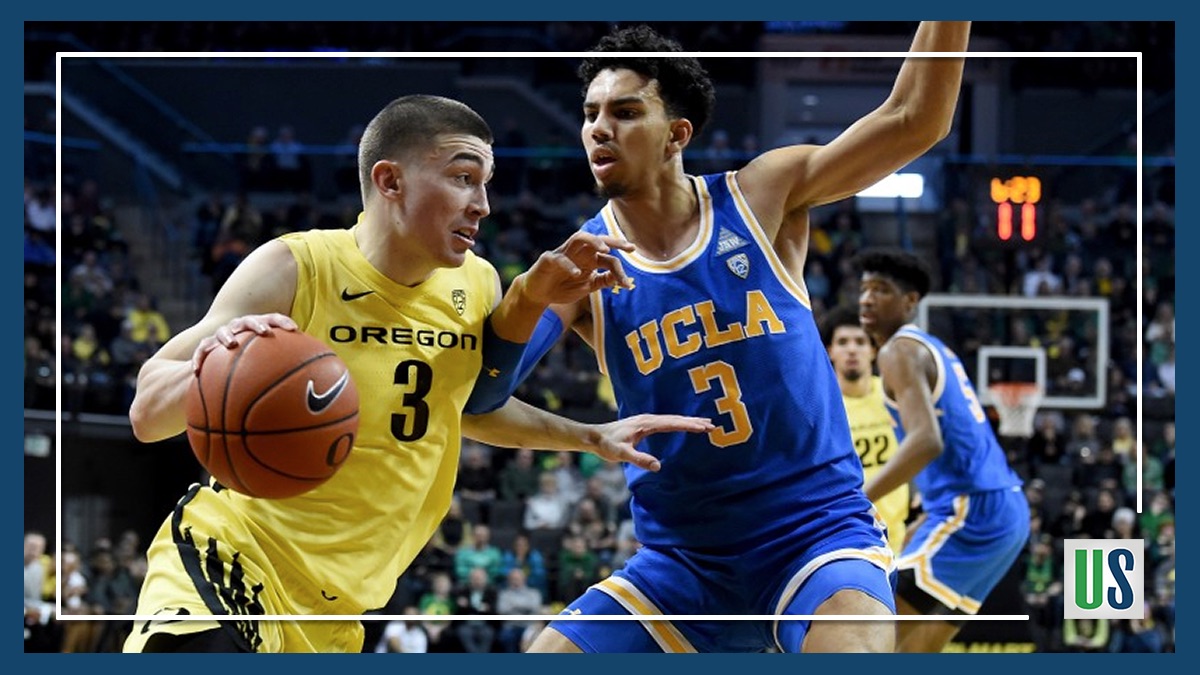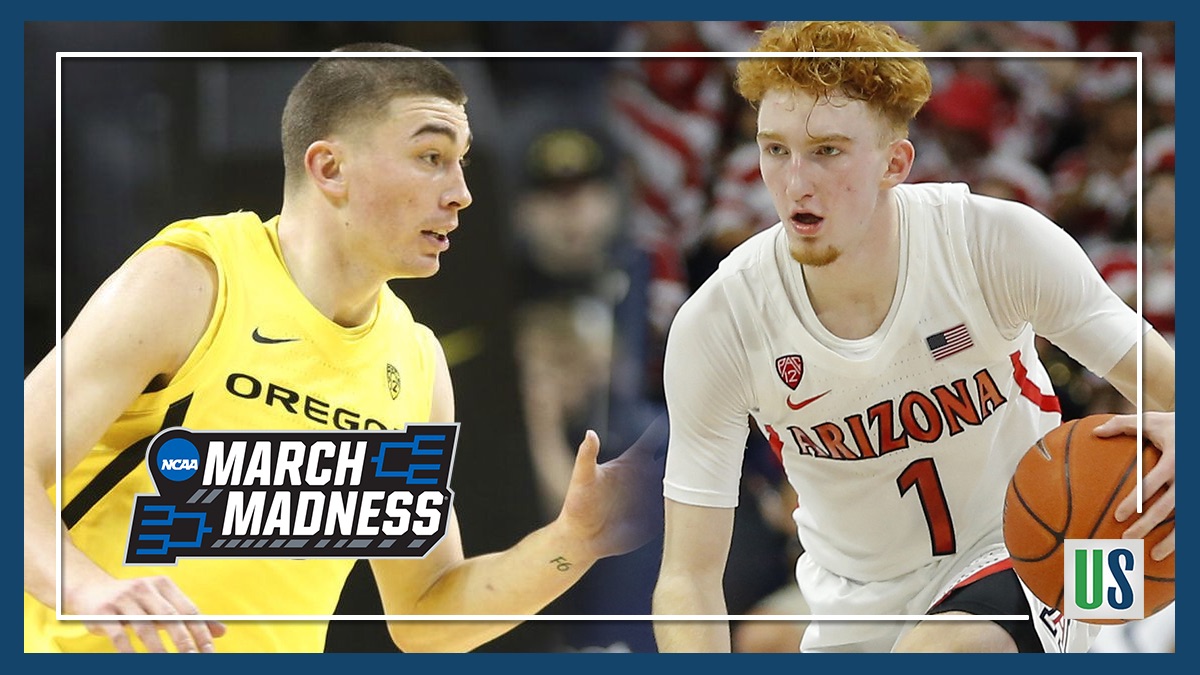We need to talk about this Nate Oats, Brandon Miller, and Alabama basketball situation.
For those of you that don’t know, a 23-year-old woman named Jamea Harris was killed in Tuscaloosa last month by a bullet from a gun owned by former Alabama forward Darius Miles.
There are facts that we know, and facts that are going to be left up to a jury to decide.
Here’s what we know.
Three Alabama basketball players were at the scene of the shooting. Darius Miles, Brandon Miller and Jaden Bradley. Miller and Bradley are both freshmen, and were not charged with a crime.
Both have continued to play for Alabama for the past month, with Miller being the leading scorer in the entire SEC.
The person that fired the gun that killed Jamea Harris was a friend of Darius Miles from Maryland. His name is Michael Davis.
Michael Davis was also shot in an exchange of gunfire. Davis claims Cedric Johnson, who was Jamea Harris’ boyfriend, fired first, and Miles’ lawyer also claims that the killing of Harris was an accident that happened in self-defense.
We know that the Tuscaloosa police disagree, and believe Michael Davis fired first at the instruction of Darius Miles.
We know that Cedric Johnson and Michael Davis had a verbal conflict when Davis danced in front of Johnson’s parked Jeep on the Tuscaloosa strip.
We know that Darius Miles then texted Brandon Miller, who had dropped them off at a sports bar earlier in the evening, to bring the loaded gun Miles had left in the backseat to the scene of the shooting.
We know Darius Miles helped Michael Davis retrieve the gun from Brandon Miller’s car.
And we know Jamea Harris, a young mother with a promising future is tragically dead for no good reason.
The Tuscaloosa police have stated that Brandon Miller delivering Darius Miles’ gun to him is not something they are going to pursue charges on.
They also decided that Jaden Bradley isn’t culpable in this case. And a fourth Alabama player, Jaden Quinerly, isn’t facing charges for the weapon being found in his bedroom, because he wasn’t even in town.
And that brings us to earlier this week, when members of the Alabama media asked Head Coach Nate Oats about Brandon Miller, the leading scorer in the SEC on the nation’s #2 overall team, delivering a weapon to the scene of a murder.
Here’s what Nate Oats had to say:
“Can’t control everything anybody does outside of practice. Nobody knew that was going to happen. College kids are out, Brandon hasn’t been in any type of trouble nor is he in any type of trouble in this case.”
Oats went on to say that Brandon Miller was in the “wrong spot at the wrong time.“
As you can imagine, people aren’t handling those comments very well. Oats had to issue a statement apologizing for his phrasing later in the day, saying:
“We were informed by law enforcement of other student-athletes being in the vicinity, and law enforcement has repeatedly told us that no other student-athletes were suspects — they were witnesses only. Our understanding is that they have all been fully truthful and cooperative. In no way did I intend to downplay the seriousness of this situation or the tragedy of that night. My prayers continue to go out to Jamea Harris’s family.“
Brandon Miller’s lawyer subsequently issued a statement saying that his client had no idea the gun would be used in a crime, and that he never handled the gun himself.
Nate Oats clearly screwed up here with both his flippant words and insensitive tone, but based on the facts that we have right now, unless we’re making an assumption of guilt about Brandon Miller’s culpability, despite the Tuscaloosa police saying he’s not legally to blame, we have to understand that this is a coach’s poorly phrased attempt to protect a second member of his team from being painted as a premeditated murderer.
If he really was caught up in a bad situation, I feel for Brandon Miller. What the hell are you supposed to do when your older teammate asks you to uber him his piece? Miles told Miller to bring him the gun because a “n**** was fakin,” which means Miller could have interpreted that as Miles being in danger.
And like it or not, we’ve learned again and again in this country that some of its citizens are free and clear to stand their ground.
You might be saying to yourself right now, “I would never be in a situation where I was out on the town on a Saturday night with a weapon, or even hanging out with anyone that had a weapon.”
And to that I’d say, is there anywhere in this country where you can go to a bar on a Saturday night and someone isn’t packing? You can’t even go to high school or college or the grocery store or even church with the guarantee that things won’t pop off.
What’s that NRA saying– “the only person that can stop a bad guy with a gun is a good guy with a gun?”
Was Cedric Johson the good guy in this case because police are saying Michael Davis fired first? Is it a good thing that Johnson had a gun to defend himself, and bad thing that Darius Miles, who was raised by a police officer, also had a gun?
Are good and bad only defined by the outcome?
There’s a lot more to sort through than our simple John Wayne fantasies of what America is supposed to be. What you can do in this situation, if you have kids, is take the time to have a conversation with them about this. Do they know how to use a firearm? Do any of their friends legally or illegally own a firearm? Have they ever heard of any of their acquaintances leaving the house with a firearm? What do you do in a situation where tempers flare and attitudes escalate?
I asked my 17-year-old son, and it was a pleasant surprise to hear him say that if you’re headed out somewhere where you feel you might need a gun, maybe that’s not a place where you should be headed.
I guess that’s what makes Nate Oats comments so disappointing. You can’t control every minute of every player’s day, but in this day and age, they have to know that you’re the type of person that will respond with wisdom if they’re ever in a tricky situation.
And you definitely can’t be a college coach in America if you’re not having pre-emptive conversations about guns and gun violence and situational de-escalation.
There is public pressure to retroactively hold Brandon Miller accountable. South Carolina fans already chanted “lock him up” during one recent game, and the idea of fans turning a young woman’s death into in-game taunt fodder is going to be something we look back on with disgust.
And on the other side, Nate Oats and Brandon Miller absolutely have to be on the same page and understand that every single thing that Miller does for the rest of the season is going to be under the world’s most intense microscope.
Of course the “pat-down” Miller and teammates do during introductions is insane given the circumstances. And while I don’t think that what Miller was doing was anything more than an MMA official’s “greasing frisk” you see before every UFC fight, it comes off looking like a damn weapons check, and doing anything to make people associate weapons and Brandon Miller is not the move.
Alabama athletic director Greg Byrne is no stranger to scandal– ask any University of Arizona fan, where Byrne came from, and they’ll tell you that after massive scandals involving the basketball, football and track programs in Tucson during his tenure, that they’re surprised he was ever poached by Tuscaloosa in the first place.
I don’t know what the right thing for Alabama basketball is at this point, but I do agree with Nate Oats that Brandon Miller was in the wrong spot at the wrong time.
But it wasn’t that he was out with a gun-owning college friend in a college town in America on a Saturday night.
Wrong spot wrong time might be that he ever chose to play for Nate Oats at a Greg Byrne-run Alabama in the first place.
Let that sink in.

